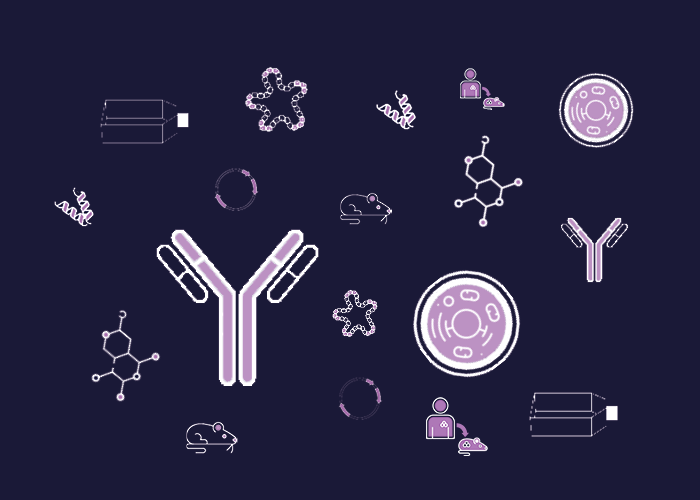
Cat. #162392
Monoclonal antibody anti-acetyl Histone H4 (H4-2C2)
Cat. #: 162392
Target: acetyl Histone H4
Class: Monoclonal
Application: ELISA, WB, IP, IF
Reactivity: Sequence conserved in wide range of species
Host: Mouse
£300.00
This fee is applicable only for non-profit organisations. If you are a for-profit organisation or a researcher working on commercially-sponsored academic research, you will need to contact our licensing team for a commercial use license.
Contributor
Institute: Institut de Génétique et de Biologie Moléculaire et Cellulaire (IGBMC)
Primary Citation: Brand M, Moggs JG, Oulad-Abdelghani M, Lejeune F, Dilworth FJ, et al. (2001) Embo J 20: 3187-3196.
Tool Details
*FOR RESEARCH USE ONLY (for other uses, please contact the licensing team)
- Name: Monoclonal antibody anti-acetyl Histone H4 (H4-2C2)
- Research fields: Epigenetics and Nuclear signalling
- Clone: 3HH4-2C2
- Class: Monoclonal
- Conjugation: Unconjugated
- Reactivity: Sequence conserved in wide range of species
- Host: Mouse
- Application: ELISA, WB, IP, IF
- Description: Antibody to acetylated histine H4. Specificity: Acetylated histone H4 at positions K5, K8, K12 or K16. Acetylation of histone H4 is an epigenetic modification often associated with transcriptional activation.
- Immunogen: synthetic peptide: MSGRG(acetyl-K)GG(acetyl-K)GLG(acetyl-K)GGA(acetylK)RHRKVLR-(C) corresponding to aa 1 to 24 of human histone H4.
- Isotype: IgG1, k
- Additional notes: Avoid repeat freezing and thawing cycles. Does not contain any preservative.
Target Details
- Target: acetyl Histone H4
- Target background: Acetylation of histone H4 is an epigenetic modification often associated with transcriptional activation.
Applications
- Application: ELISA, WB, IP, IF
- Application notes: Available as Crude Ascites Fluid. Recommended dilutions : 1/500-1/5000
Handling
- Storage conditions: -20°C (up to 3 years)
References
- Dilworth FJ, Fromental-Ramain C, Yamamoto K, Chambon P. ATP-driven chromatin remodeling activity and histone acetyltransferases act sequentially during transactivation by RAR/RXR In vitro. Mol Cell. 2000. 6(5):1049-58

